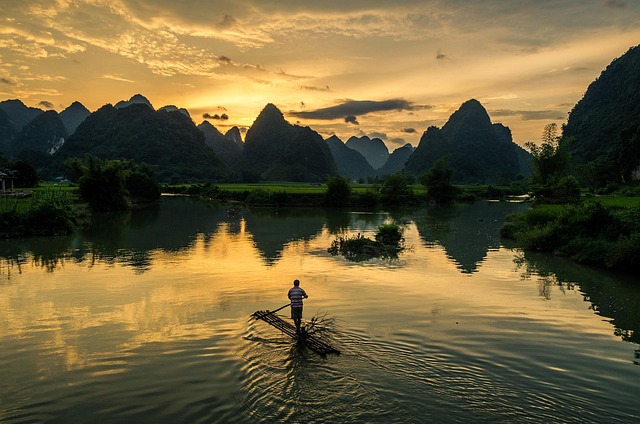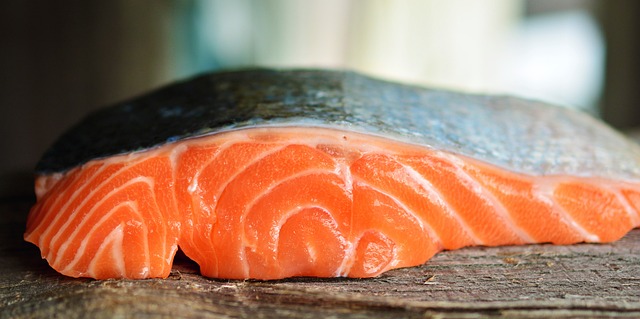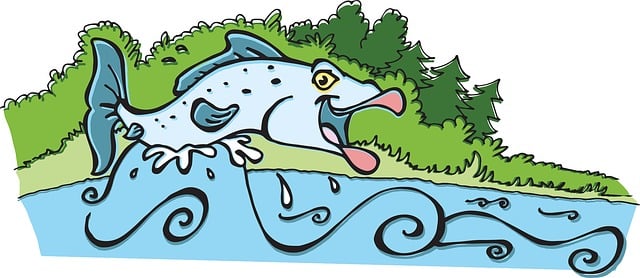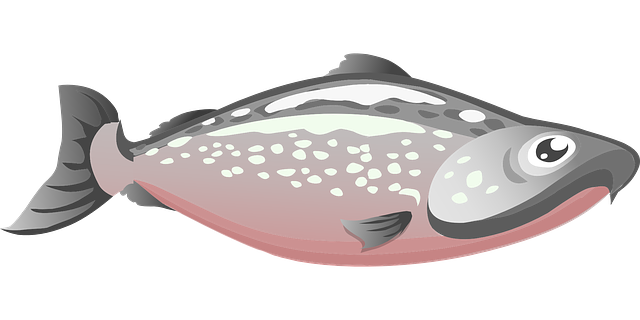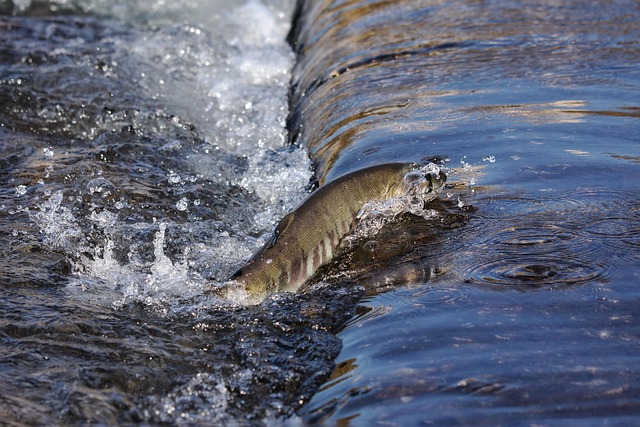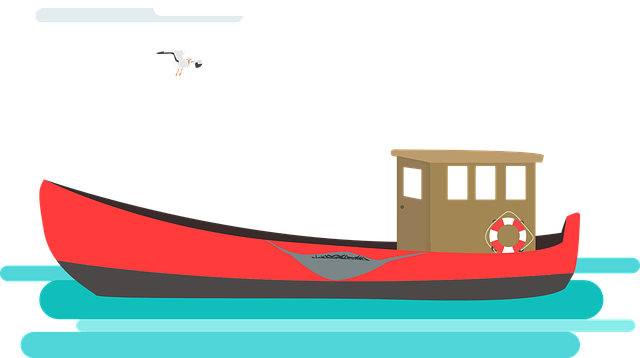The Siuslaw River, an Oregon coastal gem, has been shaped by Indigenous knowledge and modern fishing practices, evolving through overfishing crises and conservation efforts. Historically, traditional methods like spearing and hand-casting sustained local communities. Industrialization led to environmental degradation and declines in fish populations, prompting sustainable practices such as catch-and-release, seasonal closures, and gear restrictions. Today, Siuslaw River fishing combines tradition and innovation, with community engagement in conservation events. The river's biodiversity, bolstered by its connection to ocean habitats, attracts anglers while responsible management ensures its legacy for future generations.
“Uncover the rich history of Siuslaw River fishing, a vital part of the region’s cultural heritage. This article explores the evolution of traditional fishing techniques used by local communities for centuries, from early indigenous practices to modern methods. We delve into the river’s industrial past and its impact on fisheries, as well as conservation efforts that have shaped today’s sustainable fishing landscape. Additionally, we examine current Siuslaw River fishing techniques and community engagement, offering insights into the future prospects of this beloved local activity.”
- Early Historical Perspective on Siuslaw River Fishing
- Traditional Fishing Techniques and Their Evolution
- The Impact of Industrialization on River Fisheries
- Conservation Efforts and Regulatory Changes
- Modern Fishing Practices and Community Engagement
- Future Prospects for Siuslaw River Fishing
Early Historical Perspective on Siuslaw River Fishing
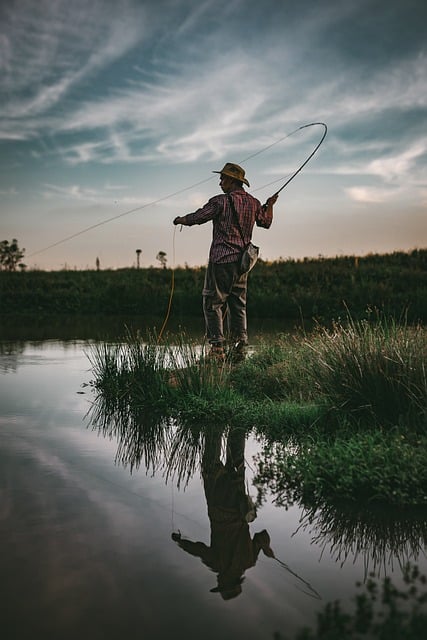
The Siuslaw River, a vital watercourse in Oregon’s coastal region, has been a lifeblood for local communities and a haven for anglers since time immemorial. Early European settlers encountered indigenous peoples who had long relied on the river for sustenance, trading, and cultural practices. These early historical accounts provide valuable insights into the rich fishing heritage of the Siuslaw. Indigenous tribes developed intricate knowledge of the river’s ecosystem, mastering various fishing techniques such as spearing, netting, and trap-lining to capture a diverse array of fish species.
The introduction of modern fishing methods in the late 19th century marked a significant turning point in the region’s angling history. With the advent of industrial fishing boats and advanced gear, the Siuslaw River became a popular destination for commercial fishermen. This period saw a surge in catch sizes, attracting anglers from across the country seeking to experience the river’s legendary fishing prowess. Over time, however, overfishing and environmental changes took a toll on the once-abundant fish populations, leading to conservation efforts that continue to shape modern Siuslaw River fishing regulations.
Traditional Fishing Techniques and Their Evolution
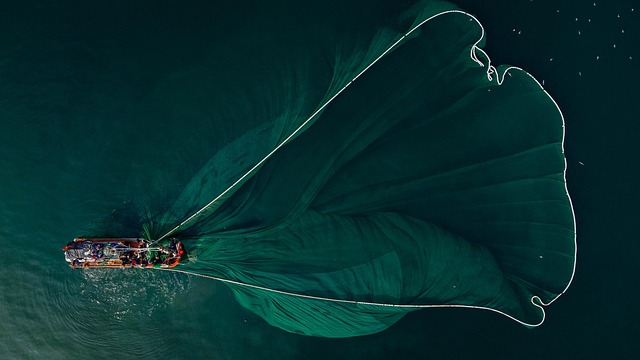
The Siuslaw River, with its rich history and diverse ecosystems, has been a lifeline for communities along its banks for centuries. Traditional fishing techniques have evolved alongside the river, reflecting both cultural shifts and environmental changes. Early methods involved hand-casting nets and spearing fish, employing knowledge passed down through generations. These techniques were sustainable, allowing fishermen to harvest only what they needed for their families and local trade.
Over time, as communities grew and technology advanced, fishing practices changed. The introduction of modern gear such as spin casting rods, reels, and more sophisticated nets increased catch volumes but also raised concerns about overfishing. Today, Siuslaw River fishing techniques continue to adapt, with a growing emphasis on sustainable practices and preserving the river’s ecological balance. Regulations now govern catch limits, season closures, and gear restrictions, ensuring that future generations can enjoy this cherished resource.
The Impact of Industrialization on River Fisheries

The advent of industrialization had a profound effect on the Siuslaw River and its rich fishing history. As logging and manufacturing activities increased along the riverbanks, the ecosystem underwent significant changes. Water quality deteriorated due to pollution from industrial waste, which impacted the health and abundance of fish populations. The introduction of modern fishing techniques, often driven by economic demands, further strained these resources.
Industrialization led to the development of sophisticated fishing gear and methods, some of which were not suited to the delicate balance of the Siuslaw River ecosystem. Over-fishing, combined with environmental degradation, resulted in a decline in fish species diversity and numbers. This period marked a turning point, prompting concerns about the sustainability of river fishing and driving efforts towards conservation and the adoption of more responsible fishing practices.
Conservation Efforts and Regulatory Changes

The Siuslaw River, known for its rich fishing history, has also faced significant challenges due to human activities and environmental factors. Conservation efforts have been a key focus in recent years to protect and restore the river’s ecosystem, particularly for sportfishing enthusiasts. These initiatives include implementing sustainable fishing practices, such as catch-and-release methods, which encourage anglers to release caught fish back into the water, ensuring their population remains robust.
Regulatory changes have also played a crucial role in preserving the Siuslaw River’s fishing heritage. Local and state agencies have collaborated to establish seasonal closures and size limits for various fish species, aiming to maintain a healthy balance. These measures not only safeguard the river’s biodiversity but also enhance the overall fishing experience by ensuring anglers can enjoy the challenge of catching well-fed and thriving fish.
Modern Fishing Practices and Community Engagement

Modern fishing practices along the Siuslaw River have evolved significantly over time, with an increasing emphasis on sustainability and community engagement. Local anglers now employ a mix of traditional and innovative techniques to target the river’s diverse fish species. From drift fishing with fly rods to using spin gear for bottom-dwelling predators, these methods cater to various preferences while promoting responsible stewardship of the waterway.
The Siuslaw River fishing community actively participates in conservation efforts and educational initiatives. Local clubs and organizations host events that teach proper catch-and-release techniques, promote environmental awareness, and foster a sense of camaraderie among anglers. This collective commitment ensures that future generations can continue to enjoy the river’s rich fishing heritage while preserving its ecological balance.
Future Prospects for Siuslaw River Fishing

The Siuslaw River, known for its rich fishing history, offers a diverse range of species and unique challenges that continue to attract anglers. Future prospects for Siuslaw River fishing look promising with ongoing conservation efforts focused on maintaining water quality and habitat restoration projects aimed at enhancing fish populations. By adopting innovative fishing techniques, such as fly-fishing and drift fishing, anglers can experience the river’s dynamic ecosystem up close. These methods not only provide a more engaging experience but also help to minimize environmental impact, ensuring the sustainability of Siuslaw River fishing for future generations.
Additionally, the river’s connection to ocean habitats through its extensive estuarine system creates opportunities for diverse species like salmon, steelhead, and sea run cutthroat trout. With proper management and respect for natural cycles, the Siuslaw River can continue to thrive as a premier destination for anglers seeking both challenge and tranquility. New regulations and collaborations between fisheries experts and local communities are key strategies to achieve this balance, ensuring that future prospects for Siuslaw River fishing remain vibrant and accessible.
